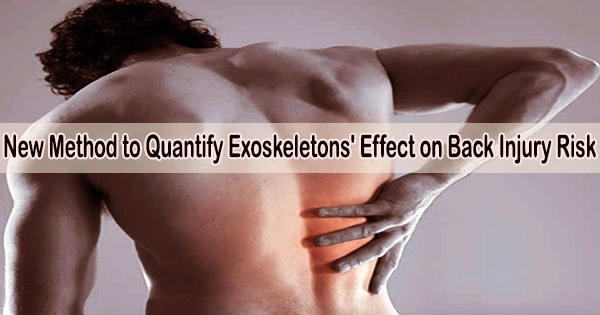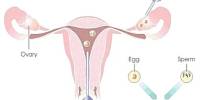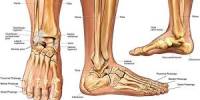Researchers from the Center for Rehabilitation Engineering and Assistive Technology at Vanderbilt University have developed a ground-breaking technique to evaluate how exoskeletons affect injury risk.
This interactive calculator, known as Exo-LiFFT, will assist businesses seeking for solutions to workforce issues like musculoskeletal injuries, missing work, and early retirement among skilled laborers.
The study’s lead author, Karl Zelik, associate professor of mechanical engineering, said this is a major leap forward to help bring relief to overburdened workers.
According to a study that was just published online in the Journal of Applied Ergonomics, exoskeletons could minimize back injuries at work in material handling by 20% to 60%. This is an important development because work-related accidents involving overworked employees are a significant contributor to the current state of the labor market.
“If we can identify the right places to deploy exoskeletons, then they can reduce injury risks as well as bodily discomfort, which impacts workers on the job and at home. Exoskeletons may also help improve worker recruitment and retention, which have been costly pain points for employers amidst the labor shortage,” said Zelik, who also is the Chief Scientific Officer at Nashville-based workforce wearable company HeroWear.
Zelik and Ph.D. student Cameron Nurse represented Vanderbilt on the six-person research team, which also featured industrial engineers from Auburn University and an ergonomist from HeroWear.
While Vanderbilt and HeroWear have been heavily involved in exoskeleton research, design, and translation as well as the development of industry exoskeleton standards with members of the ASTM International standards committee, which includes businesses like Boeing, Auburn has previously created fundamental ergonomic risk assessment tools.
“We’ve been exploring exoskeletons at Boeing for the last few years, with encouraging results to date,” said Christopher Reid, Associate Technical Fellow of Human Factors and Ergonomics at Boeing. “It’s incredibly important and encouraging to see academia and industry coming together to develop practical risk assessment tools that can help identify and leverage the benefits of emerging safety technologies like exoskeletons.”
If we can identify the right places to deploy exoskeletons, then they can reduce injury risks as well as bodily discomfort, which impacts workers on the job and at home. Exoskeletons may also help improve worker recruitment and retention, which have been costly pain points for employers amidst the labor shortage.
Professor Karl Zelik
According to the U.S. Bureau of Labor Statistics, overexertion is the main cause of lower back discomfort and injury, which accounts for 38.5% of work-related musculoskeletal illnesses. Exoskeletons are now regularly employed to reduce physical strain on overworked employees in factories, warehouses, construction sites, and other sectors all over the world.
“At Toyota, we have relied heavily on new ergonomic assessment tools to support our teams in identifying processes on our manufacturing lines that would benefit from shoulder exoskeletons being deployed as personal protective equipment,” said Aaron Sparks, safety project engineer at Toyota North America.
“As we begin to investigate and deploy back exoskeletons, it’s incredibly exciting, and a major relief, to see similar tools being developed to support with the identification and deployment.”
Without the need for expensive and time-consuming studies, Exo-LiFFT enables safety experts and researchers to rapidly and easily evaluate the impact of exoskeletons on the risk of back injuries. This provides an evidence-based method to predict injury risk reduction and cuts the time required for biomechanical assessment of back exoskeletons from months to minutes.
“We have over one hundred facilities across the country where workers are lifting and moving products,” said David Brodie, ergonomist lead at Cargill. “New assessment tools like Exo-LiFFT will help us identify where the best opportunities are in our operations to support workers.”
















